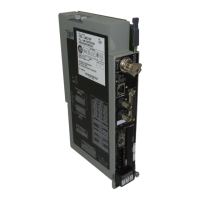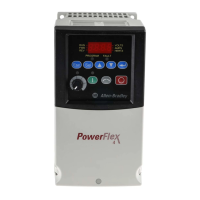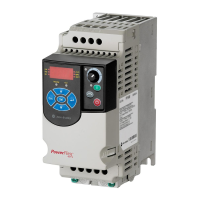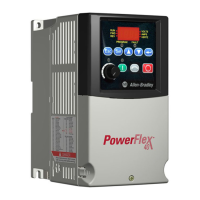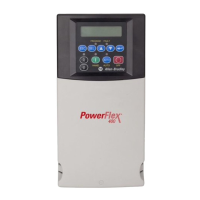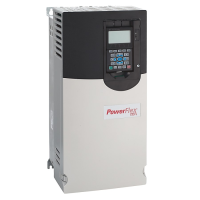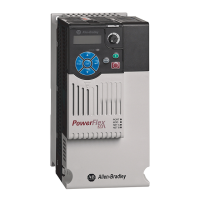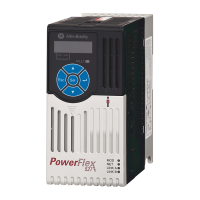Publication 1785-UM012D-EN-P - July 2005
8-10 Communicating with Extended-Local I/O
How Chassis Size and Backplane Addressing Determine the Quantity of I/ORacks
On the extended-local-I/O scan list, the actual chassis size and
backplane addressing is displayed, not the rack size.
• The scan list for extended local I/O has one entry for each physical
chassis on the extended local I/O channel.
If an adapter on a remote I/O channel resides in a physical chassis that
contains more than one I/O rack, more than one entry appears on the
remote I/O scan list for that single chassis.
The following table shows the scan list for both remote I/O and
extended local I/O. Each channel shows a 16-slot chassis using 1-slot
addressing with a starting address of rack 4, module group 0. This
chassis contains logical racks 4-5.
Remote I/O Scan List vs Extended-local I/O Scan List
A scan list includes the following:
If You are Using this
Chassis Size
And 2-Slot
Addressing
(Single Density)
Or 1-Slot Addressing
(Double Density)
Or 1/2-Slot
Addressing
(Quad Density)
4-slot 1/4 logical rack 1/2 logical rack 1 logical rack
8-slot 1/2 logical rack 1 logical rack 2 logical racks
12-slot 3/4 logical rack 11/2 logical rack 3 logical racks
16-slot 1 logical rack 2 logical racks 4 logical racks
Remote Extended
Rack ## Starting Rack Range
Group Size
Rack Starting Chassis Backplane Range
Address Group Size Addressing
4 0 FULL 040-047
4 0 16-SLOT 1-SLOT 040-057
5 0 FULL 050-057
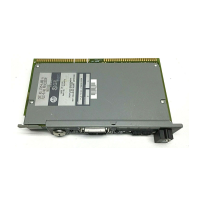
